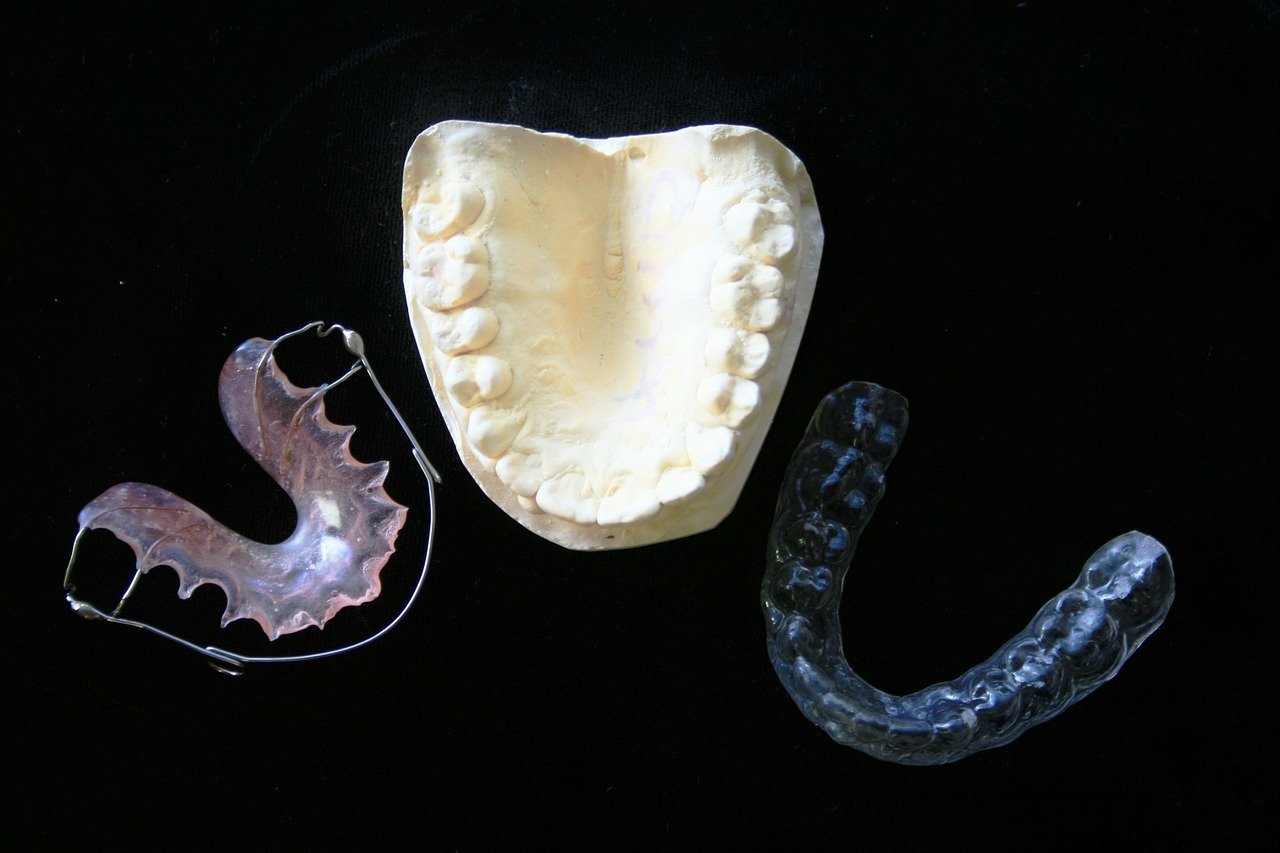According to a recently administered survey from the American Dental Association (ADA), over half of dentists believe that intraoral scanners will be revolutionary tools for their practices in 2021. Intraoral scanners, along with other technologies we've covered here, are innovations that could make dental practices more profitable and more efficient. Let's consider some of the advantages of intraoral scanning technology and how it could improve your practice.
What is Intraoral Scanning?
Intraoral scanning is technology that creates a digital rendering of a patient's dental impression. Think of dental impressions as 3D replicas of person's mouth and teeth. They're used to create mouth guards, bridges, and other dental appliances. Historically, dentists used a gooey paste, made of alginate or a similar material, to create a patient's dental impression. Many dentists still use this technique because it's a reliable, established way of crafting appliances.
There are some drawbacks to using this analog technique, however. Firstly, alginate is messy and can be a hassle to mix and clean up. Patients have to bite down on the substance for a certain amount of time, which can become uncomfortable. Moreover, it requires an inventory of disposable (and perishable) materials to be kept on hand at all times. Having enough inventory at the ready can eat into a practice's budget over time. What's more, if a professional makes a mistake or uses bad materials, they must start the whole process over again.
In contrast, intraoral scanners remove the need for a stockpile of materials. A single scanning tool can be used on multiple patients, and, as long as the software is up to date, a scanner's digital impression is often just as accurate as an analog one. Digital files are also easier to store, and most software allows professionals to examine impressions in three dimensions. Sending digital impressions to patients and other practitioners is also much easier than shipping analog impressions. Finally, orthodontists and surgeons can use scanners as aides during surgery and alignment procedures.
What are Dentists Saying About Intraoral Scanning?
In a 2017 article appearing in Dental Products Report, Jim Graham, the director of global research and development at 3M Oral Care reflects on the early days of intraoral scanning technology: "Within the clinical setting, you had this traditional impressioning capability that everybody had been taught from day one of dental or hygiene school. Everybody knew how to use it, so it was simple, quick and effective. Suddenly, you’re asking your clinicians, assistants and hygienists to adopt this new technology that was completely different than anything they had been taught in the past."
Early intraoral scanners were often clunky and unintuitive. They had steep learning curves, and many practitioners simply didn't see the benefit of switching methods. More recent versions of the technology, however, have so many benefits over older techniques that many dentists willingly put in the time to learn the system. David Rice, a DDS quoted in the article from Dental Products Report, says, "The range of procedures that we can now work with is almost limitless." Not only has Dr. Rice used intraoral scanning to craft appliances but it's also helped him in treating patients with airway problems and sleep apnea.
In other words, the benefits of using intraoral scanning technology far outweigh the costs. Many dentists now agree that intraoral scanning provides practices with better ways to care for their patients. If you need help deciding which intraoral scanning product is right for you, contact Titan Tech today to schedule a free consultation.
And join us on Thursday for more tech news.

